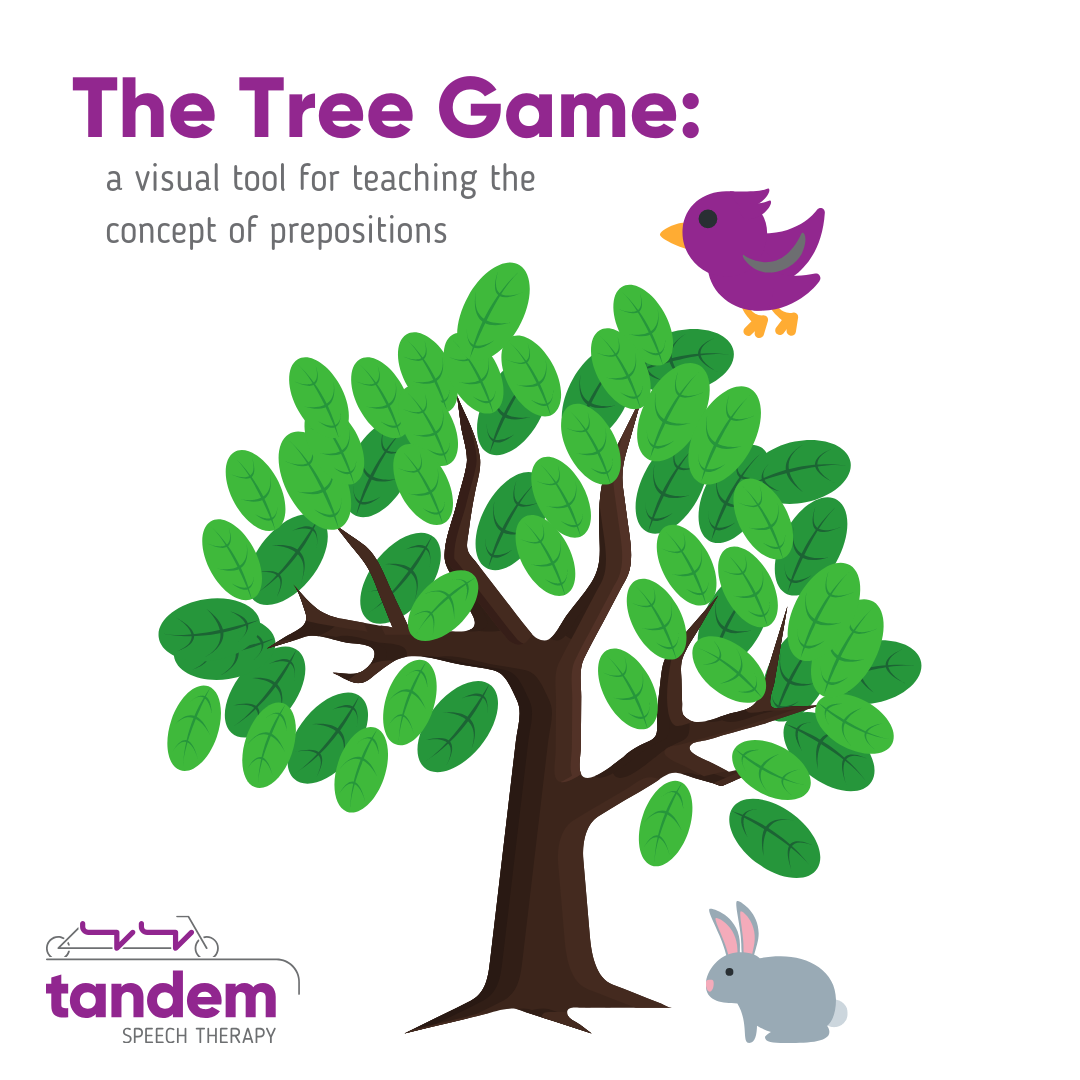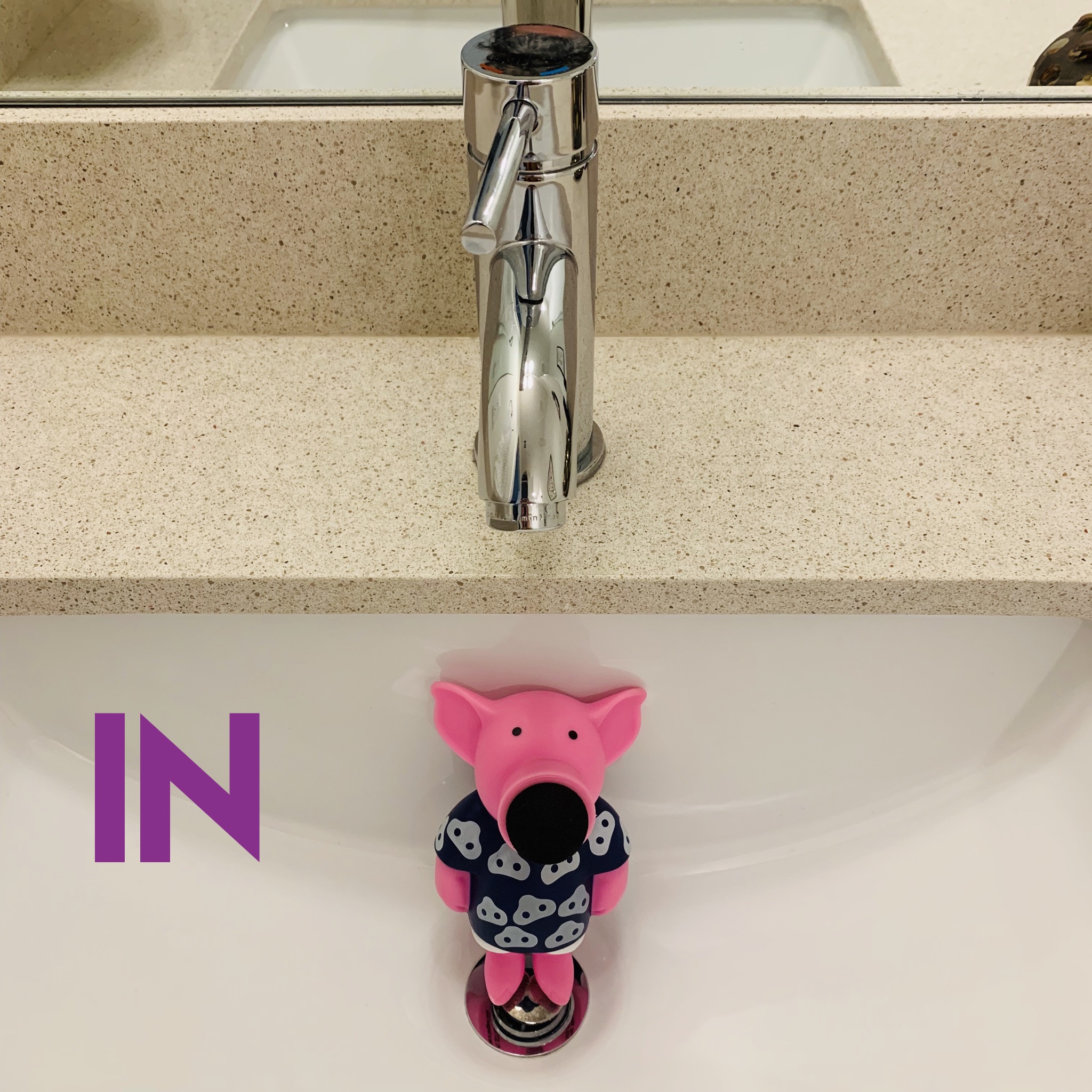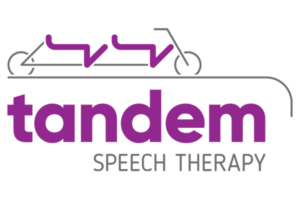
Prepositions are tricky to teach our young children. They do not fit some of the typical rules for grammar which can make it more complicated for children to understand. I was reminded of this, recently, by my mother-in-law who speaks English as a second language. “Are you ‘in’ an airplane or ‘on’ an airplane?” she asked before lamenting on the fact that “English is so difficult.” Imagine how our kids that are struggling with language concepts must feel too.
So where do we start? As with all concepts, when teaching children, we need to begin with their understanding or comprehension. We need to help kids recognize what a preposition is. Merriam-Webster defines a preposition as, “a function word that typically combines with a noun phrase to form a phrase which usually expresses a modification or predication.” What does that even mean?! In my research, I came across a visual representation that an elementary school teacher used with her class. She referred to it as, “The Tree Game.”

The teacher would start by drawing a tree on the board. Then she drew two animals–a bunny and a bird. The bird would be flying over the tree and the bunny would be sitting next to the tree. She told her class that the bunny could go around the tree, under the tree, and even through the tree. While the bird could go over the tree and in the tree. Then she taught her class that anywhere (i.e. the location) the animals could GO were the prepositions. This is a great way to get started because we know that we have to thoughtfully teach a concept before we can expect a child to use the vocabulary or concept correctly.
Another thing to consider and keep in mind when teaching prepositions is that they are all about learning and understanding spatial awareness. This can also be a challenge for our kids with a speech-language delay, particularly if they also have sensory-processing deficits and have decreased spatial or body awareness themselves. This means that it is incredibly important to teach prepositions in context. Unlike the word ‘dog’ which is a noun or ‘eat’ which is a verb that can be taught in isolation. Prepositions need to be taught within a sentence and in combination with other parts of speech. Visuals often help because prepositions are all about where an object is located in relationship to something else.

Here are some of my favorite tips for teaching prepositions:
- Pair a visual representation like cards from Teachers Pay Teachers with a movement game. Have the child choose their favorite toy. Then take turns drawing the cards with prepositions drawings in a game format. If the child draws a card with the word under, then cover your eyes while the child hides their toy under something in the room. Then you get to find the toy and model a sentence using their target preposition word. For example, “Iron Man is under the red chair.”
- Play a hide and seek game with a favorite toy and a box with a lid. Demonstrate the different locations the toy can be located–The doll is on the box, the doll is under the box, and the doll is in the box. Then allow the child to hide their toy while you give the same directions. If they have misplaced the toy then comment with an emphasis on the preposition you are targeting. You could say, “it looks like you put the doll on the box, we want the doll under the box.” Once the child can consistently follow these directions, the comprehension or receptive language part, work on answering questions which is the expressive language part. Ask the child where questions after you have hidden their toy. You are looking for responses that use the prepositions you have targeted with your teaching. I love to do this with my ball popper toys. I pop the balls into different locations in the room (or hide them) and then the child has to identify the location to take a turn popping themselves. Or I had the popper toy like you see below.



Whatever you do to teach your client or your child prepositions, make it fun and engaging by getting the body moving.
Want to learn more strategies for teaching prepositions while Playing With Purpose?
Start Playing With Purpose
Learn how to purposefully and intentionally interact with your child during play and help them increase opportunities for speech and language development with our Playing with Purpose book!










